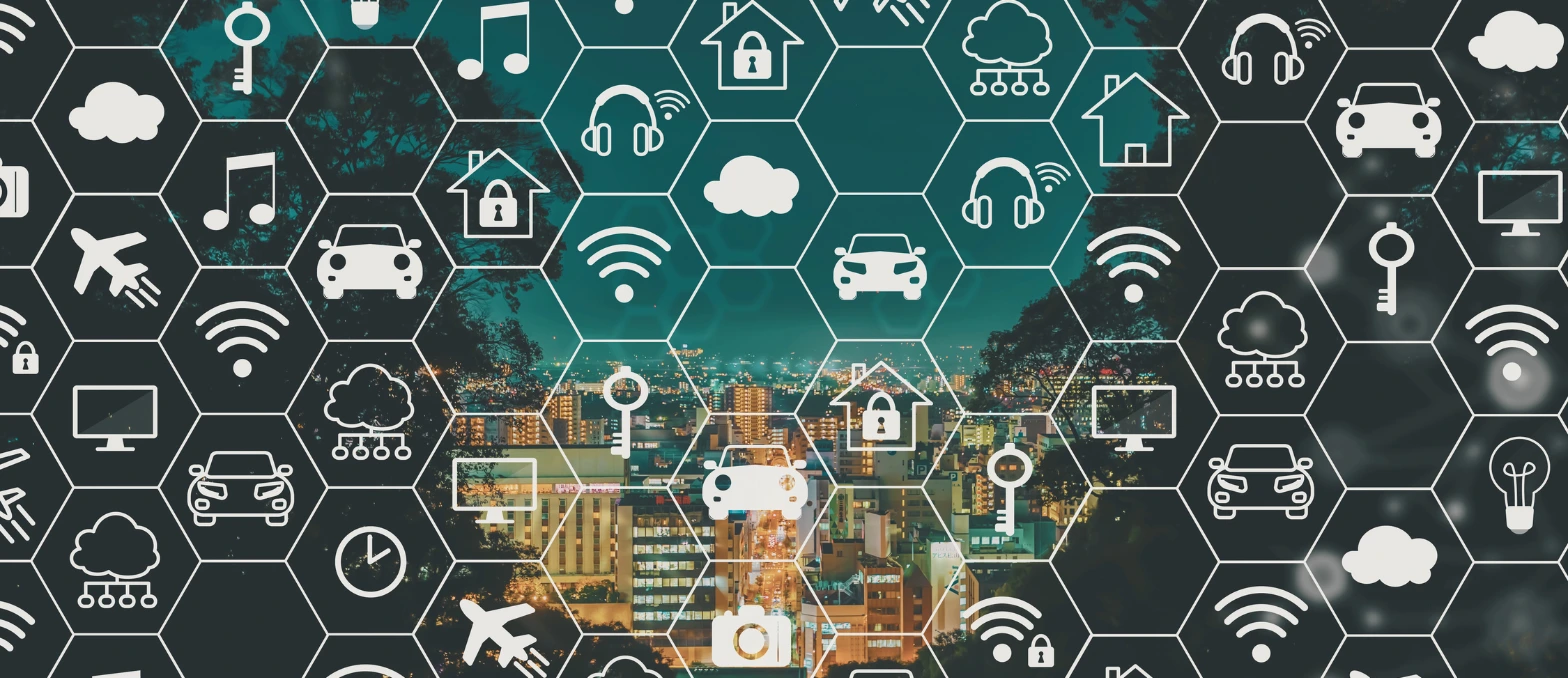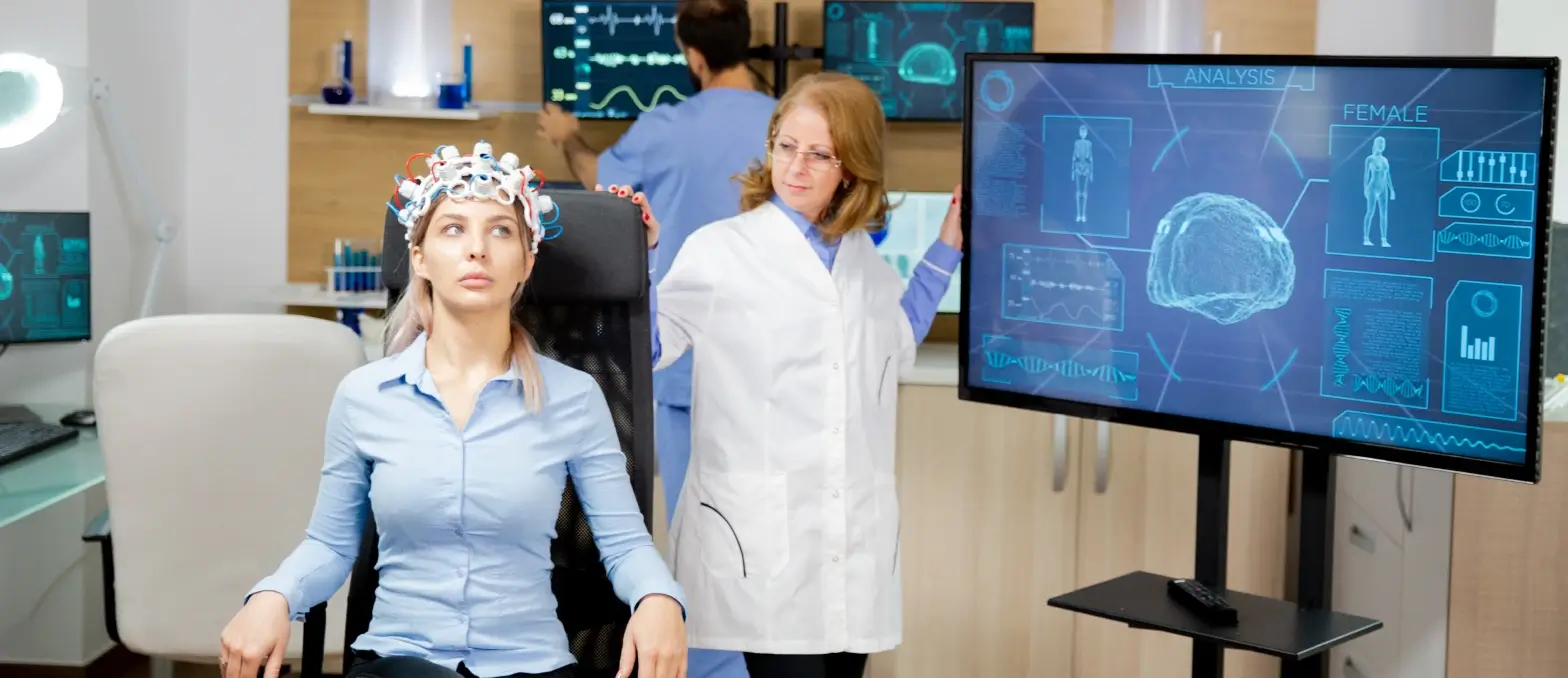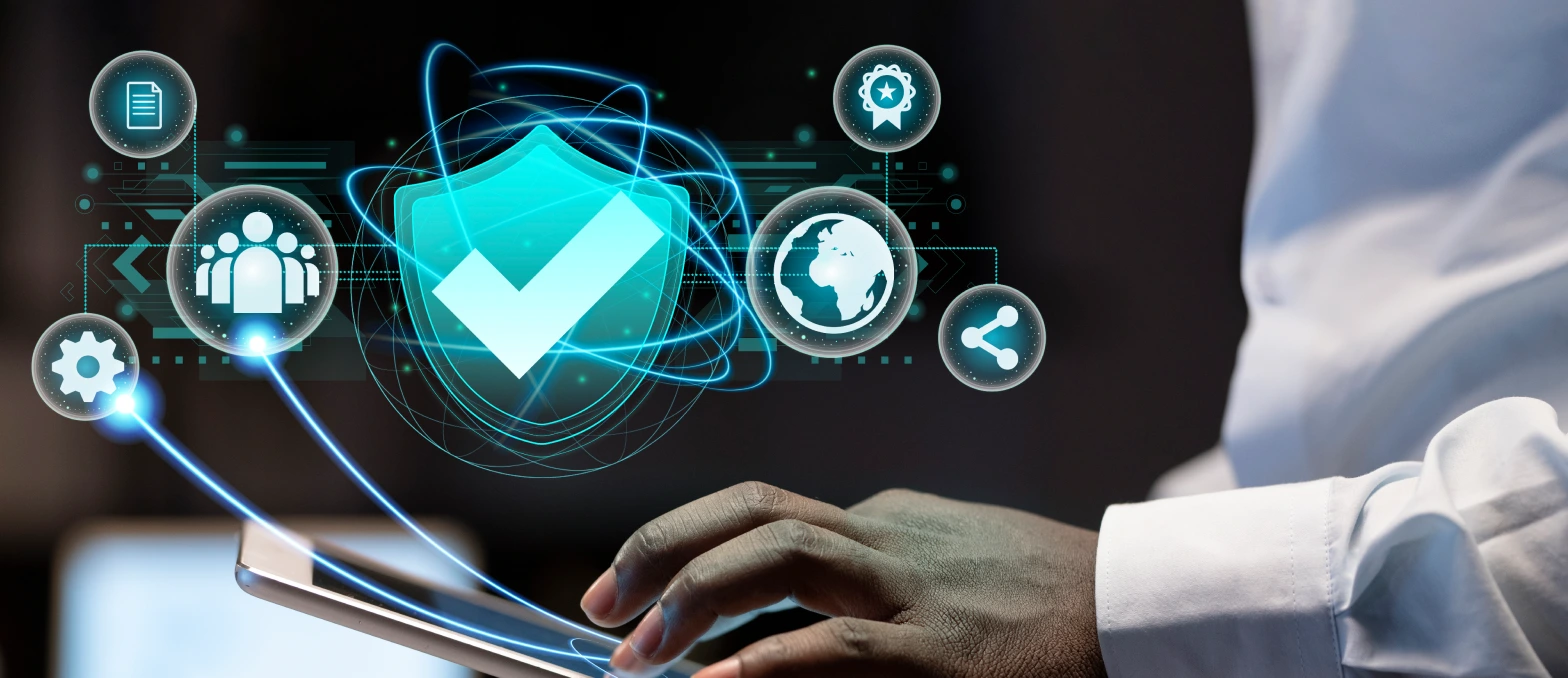Generative AI is the Artificial Intelligence that may be used to generate new content and designs with machine learning. This very intelligence can influence many industries immensely and take them to the next level in some years. Generative AI tools already support automated content creation for the design of new products, discovering new chemicals and materials, and augmenting creative work across fields. The more such tools become proficient in outputting results that are more complex and lifelike, the more applications they are likely to find in practically every industry relying on creativity, innovation, and customization. Companies will need to use generative AI responsibly to create high-quality, safe content. This blog explains how AI will affect industries, the opportunities it offers, and what companies should consider when using it.
Power Your Projects with Our Generative AI Services
What is Generative AI Technology?
Generative AI is the subset of artificial intelligence that generates new and novel content via machine learning solutions. Therefore, generative AI systems are trained for a given type of data to learn the underlying patterns and structures. Subsequently, it applies those learned lessons to create new content of similar nature. For instance, if one trains a generative AI system on a dataset containing images, it can subsequently generate new ones in the same style.
It has recently also utilized generative AI, which deploys machine learning techniques such as deep learning and generative adversarial networks. These systems learn to mimic the patterns they see in the data they’re trained on, so they can create new, realistic examples that look like the original data.
A Generative AI development company can be used to generate text, images, audio, video, 3D objects, and many more forms of content. In the domain of commercial applications, generative AI is used in creating realistic product images automatically, writing news stories, making art and music, and discovering new molecules and materials.
As more and more data is used to train them, so is the improved quality and uniqueness of the output from generative AI systems. As generative AI models become generally available via APIs and cloud services, this tech does have a very nice chance of really transforming content creation and product design across industries by augmenting and automating human creativity at scale.
Generative AI vs. Large Language Models (LLMs): What’s the Difference?
What distinctions exist between generative AI and LLMs? LLMs and text-generating AI systems like ChatGPT are closely related. Over the last few years, LLMs have experienced exponential growth in size, and they are the source of data required by generative AI. Without data and the models to process it, ChatGPT would not exist as it does now.
An LLM is a sort of AI model that uses machine learning based on billions of factors to interpret and produce text. Generative AI is a technology that uses machine learning to create new content based on information from LLMs and other AI models. Let’s explore how it’s changing various industries.
Impact of Generative AI on the Healthcare Industry
Generative AI can, shortly, bring about a change and overhaul healthcare. Some ways generative AI could benefit healthcare are as follows:
Better Medical Imaging: Generative AI reduces noise and improves resolution in images. Thus, this would mean that anomalies can be easily detected, hence better diagnosis and treatment planning.
Generative AI can fast-track drug discovery by generating new molecules and chemical structures that otherwise may have turned into medicines.
Generate synthetic patient data that is realistic for the training of medical AI systems while preserving the privacy of the patients. This may be one such method to help alleviate the shortage of health data. Automate routine tasks such as obtaining patient histories, recording vital signs, and generating simple health reports. Personalize care in the form of individually tailored treatment plans, educational material, and simulated patient simulations.
Prediction of side effects and adverse drug reactions through the analysis of large data sets, which might aid in the enhancement of post-marketing drug safety surveillance. Biomarker and disease subtype discovery methodologies analyze medical images, genetic data, and patient records for patterns not apparent to humans. Ranking diagnostic possibilities and proposed treatments against the latest medical literature and data in support of decision-making by clinicians.
A Generative AI company provides several healthcare applications with potential, but challenges are also put forward on the reliability, safety, and ethical use of these new technologies. If developed and governed thoughtfully, generative AI will have a place in improving patient outcomes, accelerating medical breakthroughs, and making health care more efficient.
Impact of Generative AI on the Finance and Banking Sector
It has the potential to significantly impact and transform the finance and banking sector. Some ways it could benefit this industry include:
- Improving risk management through simulations of possible market scenarios and stress tests to identify potential risks and vulnerabilities.
- Generating realistic synthetic financial data that preserves privacy while allowing financial models to be tested and improved. This could enhance the performance of AI-based trading and investment strategies.
- Automating routine tasks like data entry, duplicate document detection, and contract review to reduce operational costs.
- Detecting fraud and anomalies in financial transactions through analysis of large datasets and generation of synthetic transactions to train fraud detection systems.
- Optimizing investment portfolios by generating and evaluating countless combinations of assets to determine an optimal strategy.
- Producing personalized banking services by generating customized financial product recommendations, simulations, and education materials tailored to individuals.
- Creating realistic financial reports, statements, and letters with personalized details at scale. This could save time for bank staff.
While generative AI shows promise to automate tasks, enhance efficiency, and unlock new insights, challenges also exist around explaining the outputs of these complex systems, ensuring fairness, and guarding against potential abuse or unintended biases. With responsible development and governance, generative AI could help banks and fintech companies improve services while managing risks and costs.
Impact of Generative AI on the Creative Arts and Entertainment
It can also be very strong, actually affecting creative arts and entertainment industries generatively. Generative AI systems can create new creative content. For example texts, images, videos, and music, with some degree of human-like skill and creativity. This is a technology that allows for automatic generation with far less human input and effort, as required by artworks, poems, stories, songs, and designs.
Due to this benefit, generative AI could empower and assist creative professionals by speeding up content ideation, prototyping, and iteration processes. However, concerns exist that generative AI may reduce opportunities for human creatives and displace jobs in the long run. Regardless, Generative AI companies will likely become an important tool to augment and inspire human creativity in the arts.
Overall, generative AI promises to revolutionize the creation of content for entertainment purposes. The technology still faces challenges around reliability, bias, and unintended outputs.
Impact of Generative AI on the Manufacturing and Robotics
It can also have an immense effect on changing industries like manufacturing and robotics. Generative models automate the design of products and processes. This way, manufacturers can speed up product design cycles by spending less time on trial and error and making variations of a design.
Generative AI can also aid in robot path planning and improve robot performance. By learning from huge datasets, generative systems can find better and safer paths for robots to perform tasks. This could allow for more flexible and intelligent robotic automation in manufacturing facilities. However, concerns exist that generative AI may reduce some design and engineering jobs in the long run.
There are also challenges around ensuring the reliability, safety, and interpretability of generative AI models by a generative AI company for manufacturing and robotics. But with proper governance and human oversight, generative AI could help revolutionize manufacturing processes and assist humans through more intelligent automation.
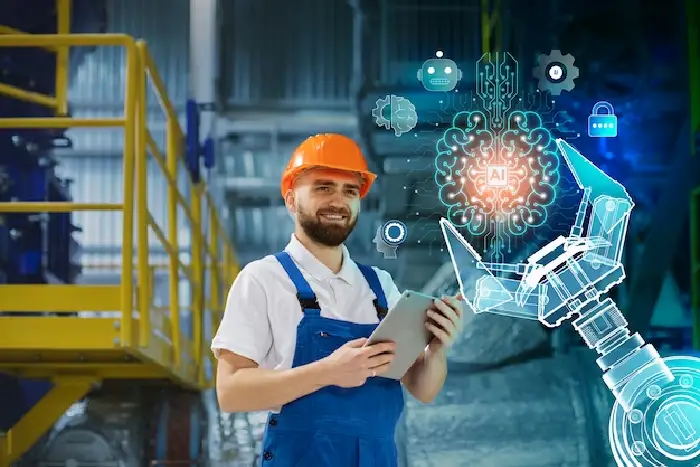
Impact of Generative AI on Retail and E-commerce
Generative models will automatically create product recommendations, targeted ads, and personal online shopping that can be useful to serve customers. This may also help the retailers in increasing customer retention, driving more sales, and adding revenue. Generative content models can further enhance online shopping through the continuation: of product descriptions, product listing, product reviews, and product recommendations.
These applications of generative AI aim to make customers’ lives easier by automating tedious tasks and providing more relevant shopping suggestions. However, concerns exist around the reliability of generative content, data bias, and ethical implications of highly targeted ads and recommendations. With proper governance, generative AI has the potential to augment and improve the work of human retail and e-commerce professionals instead of replacing them entirely. Overall, GenAI shows promise for increasing customer satisfaction and revenues if deployed responsibly.
Impact of Generative on Transportation and Logistics
Generative models can automatically optimize logistics networks and supply chains to reduce costs and improve efficiency. This could help cut delivery times, lower inventory levels and waste, and optimize the routing of fleets and shipments. For self-driving vehicles, generative AI can help discover and optimize new maneuvers and traffic strategies based on real-world data. This could improve the safety, efficiency, and intelligence of autonomous vehicles.
However, concerns exist around the reliability and interpretability of generative models for complex tasks like logistics optimization and self-driving. Generative AI also raises challenges around data bias, safety, security, and job disruption. With proper human oversight and governance frameworks, Top generative AI development companies show promise for augmenting – not replacing – the work of transportation and logistics professionals by automating routine tasks and generating optimized solutions. This would ultimately improve the customer experience through faster and more efficient services.
Impact of Generative on Marketing and Advertising
This would go on to affect majorly the marketing and advertising industries with such generative AI, mainly in text generation models. Generative AI systems could make, at scale, product descriptions, social media posts, website copy, email subject lines, customer reviews, and landing page content. This would help marketers save their time and speed up content creation in a way that lets them test several variations of messages and copies.
There are concerns about the reliability, originality, and tone of machine-generated marketing content. There are also risks of bias, privacy issues, and regulatory compliance challenges with machine-targeted ads. But with proper governance, generative-ai shows promise as a tool to augment human marketers and copywriters. With human oversight, GenAI can inspire new ideas, improve testing and iteration, and automate routine content tasks. This can ultimately help marketers gain insights faster and create more effective creative strategies. However, responsible and transparent use of these new technologies will be critical.
Impact on the Agriculture and Food Industry
In the best-case scenario, genAI has huge potential to drive agriculture and food systems for better or for worse. On the bright side, generative AI models could be deployed to optimize crop yields, advise on optimum irrigation and fertilization practices, design new drought/pest-resistant crop varieties, and work to get the best out of supply chain efficiency—in this way making agriculture more productive and sustainable.
However, there are also risks if genAI is not implemented carefully. Data used to train models might be biased against smallholder farmers. Some generative AI solutions for agriculture might be unreliable or unsafe. With proper governance and oversight, generative-ai could augment – not replace – the work of farmers, agricultural experts, and plant breeders. It could automate routine tasks and generate options to assist in food production.
However, transparent technology, ethical use of data, and government support will be needed to ensure benefits reach all stakeholders equitably. Overall, if developed responsibly with input from different stakeholders, generative AI does have the potential to boost sustainable food production and distribution while reducing agriculture’s environmental impact.
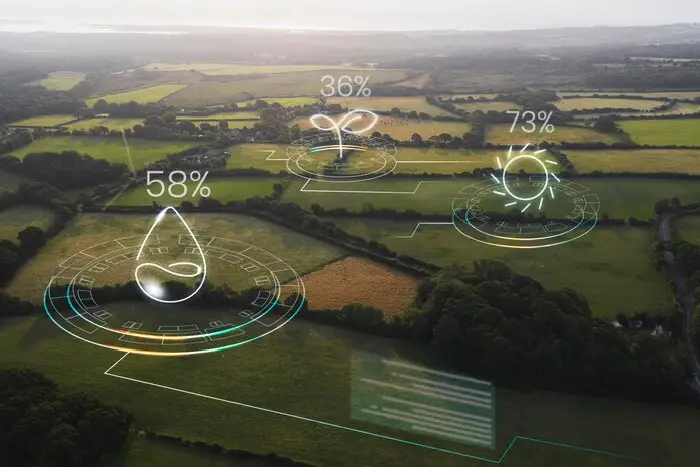
Impact on Energy and Utilities
There is enormous potential for AI to enhance operational efficacy, optimize resources, and cut costs in the energy and utilities sector. Generative models churned out by top-notch generative AI companies will find applications in optimizing the maintenance schedules of power plants, improving the stability of power grids, predicting energy demand, designing more efficient storage of energy, and detecting anomalies and faults in utility networks.
Effective deployment of generative AI in energy and utility infrastructure will be based on governance frameworks, proper testing procedures, and human oversight to guarantee that solutions are reliable and secure, perform the increasing functions expected of them effectively, and do not pose unacceptable risks to the safety of critical infrastructure. Generative AI companies are also responsible for protecting against bias and unfair outcomes.
Properly safeguarded, generative AI will augment the work of human operators and technicians in energy companies but not replace them. In the longer term, utilities could use generative AI to obtain help with the automatic end-to-end generation, transmission, and distribution of energy efficiently and reliably, because it will automatically execute routine tasks like this. In the end, responsible AI development is necessary to make a difference in the energy sector.
Impact of Generative AI on Education and Training
Generative AI, like generative AI chatgpt, holds significant potential in changing how students will be taught and trained shortly. These systems use machine learning technology to generate text, images, audio, or video on the base-trained data. They are getting good at mimicking human creativity and intelligence. It could, in the field of education, generate individual lesson plans, assignments, and explanations for students based on what each of them needs to and can learn, and where they have been before. This kind of individualized instruction would enable the slow learner to catch up and provide accelerated learning for advanced students.
Generative AI tutoring systems may explain complex subjects in much simpler terms so that students can understand them. If implemented, they can automatically generate practice problems and solutions according to the weakness of the student so that there is an improved practice opportunity. These systems may be a beneficial augmentation to the work of the teacher, reducing his workload and giving more time for teachers to provide one-on-one instruction for students.
Generative AI could enable customized videos of lessons, custom assignments, and interactive simulations for applying new skills during the training and reskilling of workers. It could happen at the preferred and best time of learning for a given worker. Intelligent tutoring and feedback systems could establish what topics an employee has already learned well and what subjects need to be given more focus. This kind of customization might allow workers to adjust better to the requirements of a changing job market landscape.
Challenges:
However, these same systems carry dangers in their promise to revolutionize and personalize education. Such systems require enormous data to train upon, and there are huge risks for such systems to propagate any biases in the data. Besides, they don’t have a common understanding or meaning of what they generate. This remains far from currently possible for truly creative and meaningful generative AI. For the foreseeable future, these systems are going to need careful supervision and governance to make sure they amplify judgment rather than substitute for it when amplifying human teachers and trainers.
Impact of Generative AI on Legal and Compliance
Generative AI in legal firms can assist in performing these mundane tasks. They might be able to develop first-draft non-disclosure agreements, terms of service, and other contracts from templates and past examples. Generative AI helps speed up the process of creating contracts and frees the valuable time of lawyers for higher-value tasks.
Generative AI would be useful in identifying and assessing risks in huge collections of documents. It would go through the contacts, emails, and other text content to raise flags on risky phrases or problems that might need to be taken a closer look into. Likewise, leading generative AI suppliers would help in change management in the regulation by scanning new laws and regulations so that those that are relevant and impactful can be taken action on.
It might especially be used to go through large sets of documents in court cases or due diligence, automatically identifying those most likely to be relevant. Generative AI companies could further help with summaries of key facts and legal issues within documents for purposes of prioritizing which documents require more in-depth attorney review.
They therefore will require careful oversight from legal and compliance professionals. Other risks with these generative AI systems are flawed language in the contract, legal inaccuracies, and oversights that miss risks. These systems may not have been trained on the nuance of the legal language may not consider all case law and applicable statutes and not have known blind spots in their training data. In light of this, their outputs will likely mandate human review and editing for the foreseeable future.
Develop cutting-edge AI solutions With the Leading Artificial Intelligence Development Company
Impact of Generative AI on Human Resources and Recruitment
Systems based on Generative AI, like the generative AI chatgpt, may have implications for human resources and recruitment. Generative AI chatgpt systems have both their upsides and downsides on human resources and recruitment. However, these systems still have a risk of bias propagation and nuance-less judgment that human professionals might bring.
For an HR department, generative AI can also aid in automating some employment documentation. For example, they could generate initial drafts for job descriptions, offer letters, review templates, and employee handbooks—all based on organizational templates and policies. Thus, it can save time for HR staff to do more standardized, formulaic documents.
It can also be useful to review and sort through hundreds or thousands of résumés and job applications. They can then highlight candidates that fit those keywords and skills as a starting lead for any human recruiters. Besides, generative AI systems may be able to automatically generate interview questions tailored for specific job openings.
Challenges
Generative AI also brings with it potential challenges for HR and recruiting: the system is only as unbiased as the data on which it’s trained and thus might perpetuate historical human biases that hurt specific groups. Second, they lack the common sense to make nuanced judgments that depend on human professionals. Another example is that generative AI might discard “nontraditional” candidates’ resumés as not meeting minimum requirements because they are not an exact match for the keywords provided.
Top generative AI companies provide close governance and oversight of any Generative AI tools. In other words, HR staff will still have to slog through AI-written documents for accuracy and compliance. The same would be the case with the recruiter, as the list filtered by the AI would require the supplement of human judgment, informed about the “fit” of probable hires to the company culture.
Conclusion
Generative AI will impact and change our lives by automating and amplifying human creativity in many ways. Tools of generative AI will play increasingly important roles in boosting productivity, innovation, and customization in every activity, starting from content creation and product design to scientific research. However, businesses must also be wary of challenges in how the deployment of generative AI may compromise the quality and reliability of generated output.
By careful planning and implementation of this new technology, generative AI may empower humans to make better use of their time, enabling them without having to bother with a huge lot of somewhat tedious, repetitive workday issues. Those industries that best harness the technology with responsibility and use it in building the optimization of processes, new aggregated values, and experience may be apt to win great competitive advantages in years to come.
FAQ
What is the difference between Generative AI and AI?
Generative AI is that subset of the Artificial Intelligence technology employed in creating new content and design. It trains machine learning models on large amounts of data to learn how normally it generates similar but new output. In general words, AI, abbreviated as artificial intelligence, is science and technology where computers can do tasks normally requiring human intelligence. Generative AI represents one variant of AI designed to pursue creative and synthesis abilities to produce new things. Unlike AI, which harbors a greater field of human intelligence-related capabilities, Generative AI specifically refers to the capacity that creates products never generated before.
What are the various types of Generative AI models?
- Text-based models that generate written content like stories, poems, news articles, product descriptions, answers to questions, comments, emails, and more.
- Image-based models that create brand-new visual content like photos, illustrations, patterns, and designs.
- Audio-based models to produce novel music tracks, sound effects, and AI voices.
- Video-based models for generating synthetic videos, animations, and AV content.
- 3D modeling systems that create 3D content like environments, characters, and objects.
All these generative AI systems learn how to extract patterns from many existing examples and then make new, creative versions of the same kind of data. The type of content varies by how the model training is and exactly what data they learn from.
What are the advantages of generative AI?
The advantages can be many, and the most common ones include:
- It can create new content and designs at the amount and speed that are humanly impossible, therefore maximizing productivity and innovation.
- It generates material much better optimized for some functions, far more data-driven, and less biased than human authors.
- It will be another potential advantage of the way GenAI guides and helps enhance human creativity is by the creation of new ideas and options left to humans for further building. It will discover new designs, combinations, and solutions that humans would never think of. Generative AI grounds the possibility for individual-level personalization in the creation of custom creative output. Generative AI will democratize creation by making sophisticated creative tools accessible to more people.
- It can create content in a consistent style, or be “on brand,” for businesses that manufacture in bulk quantities.
- GenAI can boost human creativity, productivity, and innovation to a magnitude by its inherent capabilities to create and optimize new content and designs at scale.
What is the future of GenAI technology?
The future of generative AI technology undoubtedly is full of potential. These are the generative models that will be able to generate content, design, and novel artifacts by learning from data. Additionally, creation can be complex and much more realistic content, for example, videos, 3D models, apps, and AI assistants. We can expect the development of more complicated and realistic content, including round 3D models, AI assistants, applications for the development of more precise drugs, trend scientific research tools, and many more. Third, generative models will likely become capable of more complex reasoning, common sense, and adaptability, giving them better chances to truly be creative. For most types of businesses, the availability of generative AI tools will soon change the operations of business and industry through the colossal scale of automation and augmentation in human creativity.



